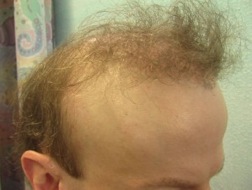
HAIR LOSS
Loss of temple hair is typical of two causes of thinning:
- Androgenic alopecia
- Traction alopecia
Androgenic alopecia, or pattern baldness, is specific to men in the event of temple recession. Pattern baldness is a non-curable genetic condition that gets carried through the family tree by the X chromosomes, which harbor weak androgen receptors. This hereditary flaw lets scalp follicles become shrunken and destroyed by the hormone DHT. The manifestation of this ailment is highly recognized in men as thinning at the crown and a receding hairline.
Male pattern baldness is responsible for 95% of male hair loss and is far more prevalent than traction alopecia; although traction alopecia does frequently afflict African American women.
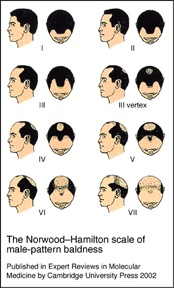
TEMPLE HAIR TRANSPLANT: SPECIFICATIONS
Temple hair restoration is a characteristic factor in hairline creation. Without the temple hair being properly placed, the whole hairline falters. In fact, this necessity frequently poses a predicament for novice surgeons, as the temple hairs must transition in direction and angle as they traverse the sides of the face. The temple points jut out toward either eyebrow in a triangular shape. Directly below them, on each side, are the sideburns, and just below them are the temporal recesses.
For a practitioner to achieve satisfactory temple point creation, he or she must consider:
- Texture/Density
- Graft placement
- Shape
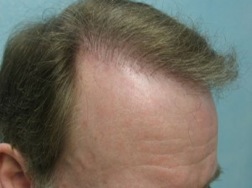
Texture/Density
As they fall in with the hairline, the temple points will be served best if built with the finest texture of donor hair. This will aid in achieving a soft, natural hairline design overall, which many hair restoration outcomes lack. Conventional basic FUE relies on hair from the middle of the back and sides of the head which like strip surgery have a tendency to be coarse and ill suited for the creation of natural looking soft temples. Using advanced FUE with the UGraft, Dr U overcomes this challenge by the ability to selectively extract finer hairs from hair from behind the ears or from the nape of the neck instead of the rear middle scalp (the traditional zone). These non-traditional donor follicles produce the ideal texture in favor of the most aesthetic outcome.
The practitioner must also figure out how tightly packed in he wants to place the grafts, which will decide the density. The temple point density should transition flawlessly into that of the hairline.
Graft Placement
This accounts for angle and direction. Because temple hair does not face the same direction nor share the same angles as the surrounding hair surrounding, the practitioner must place each graft with great care. The angle and direction of hairs must flow seamlessly from sideburns, to temple points, to temporal recesses, to hairline.
Shape
The shape should be crafted to harmonize with the facial-skeletal contours of every distinct temple hair transplant, as well as reflect the age of the patient. Many temple points have a pointed peak while numerous others are more rounded and softer in shape. These variances complement the other features of the face, while suggesting an aggressive, youthful hairline or a mature one.
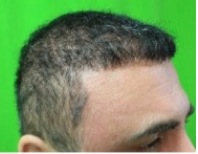
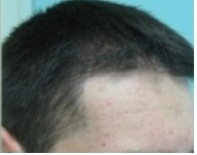
Temple Hair Transplant: PHOTOS AND VIDEOS
Photos and videos of previous before-and-afters give those researching hair transplant concrete expectations of the technique and surgeon on display. These images may show the divinely inspired masterpiece of a practiced doctor or the botched outcome of a novice. In any case, it is vital for potential patients to review multiple images prior to making any decisions. Future patients must observe how well the temple hair runs into the surrounding hair, with the above considerations in mind. A worthwhile photo or video of a temple restoration will doubtless be in focus and good lighting, and are never edited or retouched.
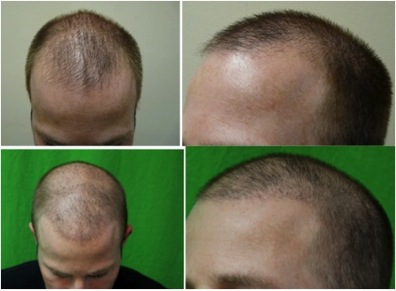
FAQ
Is FUE the best method for temple hair restoration?
No other method is like FUE. Based on the minimally invasive excision method it uses, FUE enables the purposeful selection of donor hair—with a mind to create the most cosmetically satisfying result. FUE is the best technique for creating the most natural appearance.
How important is it to find a good surgeon?
This is the most important decision a patient makes throughout the process. A surgeon is to hair transplant as a sculptor is to a sculpture, an architect to a building, or a painter to a painting. He or she has the power to produce a beautiful result, or otherwise.
Here is another temple hair transplant patient example where the temple points were restored using Follicular Unit Extraction. Click here to read more.

